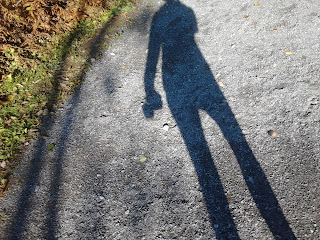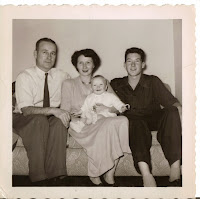The Camino de Santiago - First Planning Post
| http://probeachbum.ca/ten-books-about-el-camino/ |
So, here it is ... my first planning post for my latest "bucket list" project - walking the Camino de Santiago!
There are several reasons why this experience appeals to me, which I may (or may not) go on about at a later date. At this point I am interested in the practical aspects of the actual journey. There is no shortage of information about the "Camino" - the trick is to sort it all out!
In a nut shell, here is what I know so far:
- The Camino de Santiago is a pilgrimage (walk or bike) to the cathedral of Santiago de Compostela in Galacia, North West Spain where the remains of Saint James the Great is said to be buried. For centuries people have made the pilgrimage to this site as a spiritual retreat.
- There are several routes to Santiago, you can start in Portugal, Paris or Seville (in the south of Spain), or even in Rome! However the most popular one, called "The French Way", begins in St. Jean Pied de Port in France, and finishes in Santiago, 780 km away! This route is often recommended to beginners because there is more infrastructure (accommodations etc.) along the way.
- You can begin the journey at any point along the route. However, in order to obtain a "pilgrim's passport" you must complete a minimum of 100 km of the journey on foot or 200 km by bike. The "passport" is a document that you get stamped along the route and allows you to stay in the "albergues" or hostels along the way. These hostels are basic accommodation with bunks in a room, hot showers, basic cooking and washing facilities and of course a low cost (anywhere from 6 to 30 Euros per night). You have to be out of the albergue very early in the morning (like 7 am!) but many pilgrims (I've read) stop for the day at the next place around 2 pm.
- The terrain along the route is varied. Some parts are paved roads and some are rocky foot paths. You travel through fields, hills and villages. From what I've read so far, the beginning of the Camino Frances, or"French Way", in St. Jean Pied de Port in France is quite difficult going through the Pyrenees with steep climbs and rugged pathways. The stretch from Sarria to Santiago, where many people begin since it is just over the required 100 km, is fairly easy going with many villages and towns along the way. This last part will also be more crowded in July and August. Another popular place to begin is Leon, which is 300 km from Santiago.
- The best time to go is April, May, June, September because it is less crowded and the weather is best.
 |
| Prilrim's Passport (camel76.worpress.com). You get this stamped along the way to prove you are a pilgrim, allowing you to stay in the hostels and to receive your certificate at the end. |
As I mentioned, there is a tonne of information on the Camino. So far I have found a few sites that are quite good and have the links below.
The video below is a little idea of what a typical hostel might be like, although many are likely not as quaint and friendly as this small one. I also doubt that we will be doing any skateboarding or walking in bare feet! The food looks good though .... not to mention the Spanish staple of vino tinto!
Video of hostel life
Canimoadventures.com has lots of info, but I especially like the daily account it gives of the journey along the French Way. you get an idea of the terrain and what facilities and accomodations are available the whole way.
caminoadventures.com - a daily account of the "French Way"
This is a great site with lots of information, based in Ireland.
Confraternity of Saint James
Images along The French Way, below, from Camino Adventures


Comments
Post a Comment